Tea and orchids
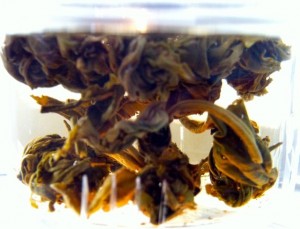 Mid June brings with it two things: the shortest (and usually coldest) day of the year, and the anniversary of my 21st birthday. And both of these are excellent reasons to have tea.
Mid June brings with it two things: the shortest (and usually coldest) day of the year, and the anniversary of my 21st birthday. And both of these are excellent reasons to have tea.
Now tea, you may know, is one of my favourite things in the world and, I firmly believe, one of those basic magical things that make life worth living. This passion for tea, along with the habit of putting the kettle on as soon as I walk through my front door, I inherited from my mom.
And I have fond memories of her mom, my tall, independent Nana, sitting me down for tea at the kitchen table. She always made tea in a tea-pot and then strained it into actual tea-cups through a tannin-darkened tea strainer. The other thing she loved to do was read the tea-leaves when the tea had been enjoyed. To do this you would have to finish your tea, swirl the cup a couple of times (3 I think), and then turn your cup over onto your saucer. And you had to do it yourself. Given a few minutes resting time, the cup would then be switftly picked up and the images that had been formed in the cup by the fine tea leaf remnants that had escaped the strainer would then we examined and interpreted. I particularly remember one cold winters day in the Vrystaat, I must have been about 7 years old, when we sat down for tea and the “dark dog” made an appearance in my cup. I remember her hands wrapped around the cup as she peered at the images, and how she leaned forward to show me where the dog was sitting, talking animatedly about this exciting occurrence. According to the guru Google, the dark dog could variously mean loyalty & protection or adverse conditions. The placement in the actual cup also held some influence on the interpretation – so a dog at the top of a cup could mean faithful friends, while at the bottom of the cup it could mean a secret enemy. I don’t recall what Nana’s specific definition of that particular dark dog was, but I know there was also a flower in that cup so I think it probably all balanced out.
My other grandmother – Little Granny – was also a consummate tea drinker and collector of beautiful bone china. From her I inherited not only the decorum of proper drinking of afternoon tea, but several exquisitely dainty and elegant china tea-cups which she entrusted to me not long before she finally moved out of her flat deep into her 70’s. I still adore gorgeous tea-cups because she does.
Years later I had the great joy of working on the Five Roses brand which is owned by what was National Brands (now Entyce Beverages), itself an amalgam of several businesses including T.W. Beckett who first registered the Five Roses brand over 125 years ago – a brand that has now become such an intrinsic part of South African society that it can be found in many places other than the kitchen.
As part of being a brand manager or marketer, I believe that it is your first responsibility to really understand your brand, it’s products, it’s industry and all the other good business stuff that goes with understanding how to successfully support a brand. So to my great delight I got to spend a lot of time with the Sri Lankan Tea Master employed by National Brands to buy and blend the teas that become that perfect cup of tea. Now tea is an interesting thing – most people seem to forget that it is a natural product (ie. It grows on a tea bush – a plant called Camellia Sinensis) and therefore there will always be natural variation in the flavour and aroma of tea – even from the same tea plantation. And while for the purists of the world these variations are part of the joy of the tea journey, it doesn’t translate so well into a modern Western FMCG (fast moving consumer goods) context. So the tea manufacturers who are still dedicated to the cause employ Tea Masters who taste and choose teas from the sources required, and then blend them literally by hand to ensure that each cup of a particular brand delivers the same taste, colour and aroma that consumers have come to expect from their favourite brand of tea. As you can imagine, there is huge experience and art in what they do. And the level of finesse in discerning the properties of the teas is akin to those of wine makers and parfumers. The tea masters I worked with (two of the only six Tea Masters who have been responsible for the remarkable consistency of Five Roses and other brands over the 125+ years of existence) could on blind tasting tell you not only which areas of the world a tea came from, but in some cases the actual tea estate or garden within that area. An art that can only be learned by apprenticeship in the hallowed halls of tea growing in Sri Lanka, certain parts of India and the East.
Right at the beginning of my training with the Tea Masters I went down to Durban (where the National Brands Tea factory is located on Mahatma Ghandi drive appropriately – though for many years it was known as the notorious Point Road) to do a comparative tea tasting with them. Now for a Tea Master this may not seem daunting, but when they told me that we were going to taste 86 different teas in a morning I almost fell over. But taste them and smell them and shlurp them from a spoon and spit them we did. They were lined up around the Tea Masters room in wide cups that resemble small bowls rather than cups as we know them, along with the infused tea next to each cup. The variation of colour was the first thing that struck me, they flow from the light yellows and greens of Green and Oolong, through red and brown and golden as the regional and stylistic variances come into play. And while I expected my palate to tire after the first 3 or 4 I was amazed to find that my taste buds seemed to learn and become more sensitive and discerning as we went. As the Tea Masters pointed out where I should feel the tannins, or what the initial notes and after tastes were I found I could start to figure out what I was tasting – and by the 86th tea I could tell an African from a Ceylon (the old name for Sri Lanka which teas have retained while politics has moved on), and a high grown Darjeeling first flush from a China Oolong. Not that any of that is spectacular to the tea connoisseurs, but I was quite chuffed with myself.
And of course all of this just served to deepen my passion for tea, in all its forms.
Which brings me back to June. Having spent years of my life (yes, quite as enervating as it sounds) nurturing the tea brands at National Brands and having passionately motivated several times for the creation of tea houses or Café’s that would allow us to engage consumers on a whole different level to selling them tea in a supermarket, I recently found – many years later – my current favourite place to have tea in Cape Town.
Tucked away behind an unassuming glass shop-front just around the corner from Cavendish Square in Claremont, is a haven called O’Ways Teacafe. The signage and logo don’t do it justice, but the interior is gorgeous. Beautiful wooden tables and modern clear Perspex chairs are the backdrop to a choice of 64 tea options – all displayed in an interactive tasting and smelling “menu” shelved near the front door.
And once you choose, you are brought the tea and it is settled into it’s glass infusion pot with an individual timer and strict instructions as to the ideal infusion time for this specific tea. Beautiful.
So it was to this little island of tea heaven that I invited my parents (dad dubiously attending, accompanied by the coffee-snob barefoot man in their suspicious resignation at this use of a Saturday morning) and some lovely new friends (most of the old wonderful old friends being too far away to come along, sadly) to join me for a traditional Taiwanese tea ceremony.
The owner of O’ways and her husband are both Taiwanese and passionate tea purveyors, and he is a master tea merchant who also, on request, hosts tea tastings and tea ceremonies for tea-o-philes and newbie’s alike.
Having had the good fortune of myriads of tea tastings and even the chance to visit a tea estate which is one of the most beautiful farms I have ever experienced, I had never actually done a tea ceremony before.
He started with a description of the tea – an Ali High Mountain Taiwanese Oolong – Oolong being a Taiwanese favourite and speciality, and the pronouncement about the use of tea: “It’s a waste of money to drink good tea with people you don’t like, and it’s just sad to drink good tea alone”, he said, carefully spooning the small rolled up tea leaves into the dark brown ceramic tea pots on the beautiful traditional tea-serving table in front of him. “Good tea is for good friends.”
After adding hot water (not boiling for Oolong – 85C is the best guideline temperature) to the pots and infusing for about 3 minutes, he proceeded to pour all the tea from the unglazed ceramic teapot into an open-mouthed and decorated tea-pot which looked to our western eyes much more like a milk jug than a tea-pot.
This serving pot is called a “sea of tea” because all the tea that comes out of it is the same (it has no leaves in, so no further infusion can happen which would change the tea), and it is thought to be – through the full ceremony – an endless source of tea. His wife expertly served each of us a narrow white ceramic cup (like an over-grown thimble, really) of this first infusion of the tea.
And then came the really tricky part – following the deft demonstration of the expert – we all had to put our smaller, shallower tasting cups over the tall aroma cups and turn them over without wasting this delicate infusion in the process!
Much concentration ensued around the table, and eventually everyone was sticking their noses into the tall smelling cups to try and catch the soft notes of fragrance that the tea was giving off. After that we could finally taste this lovely smooth, almost toasted tea flavour.
Tea is a wonderfully complex thing and one of it’s distinctive aspects is that it often smells much more fragrant and aromatic than it tastes. The aromas and tastes also develop through infusions, and so when the whole process was repeated the third time suddenly the smelling cup delivered a strong whiff of lavender to all our surprised noses! The same leaves infused for the 3rd time in the same teapots for the same time and suddenly here was a whole new world of fragrance.
And then it was gone, just as suddenly. Not all teas are good for multiple infusions, but the various Asian traditions are all built around the premise of time spent together – with each other and with tea. Our dedicated tea merchant also told us about the trinity of tea: tea + water + teapot.
The teapots themselves are fascinating. They are unglazed so that they can absord the tea oils, and the process of making and pouring tea involves actively pouring the tea over the pots as well as into them! In this way the pots are “fed” over years and years of tea drinking and sharing, and a well-fed pot is much more valuable than a new one. Supposedly the flavours of the tea are enhanced by the well-fed pot, but maybe it’s just all the love and joy that’s been shared around them that makes the difference.
The Oolongs tea-leaves were also fascinating to watch – after each infusion they have unfurled a little more, expanded and regained their leaf-like aspect.
So much so that when the contents of just one of the teapots was transferred to a glass infusion pot for us to see it looked like double the volume of the pot it had just come out of!
Hours later, having completed the ceremony and indulged in some wonderful fusion brunch and even more teas of various colours and personalities, we left O’ways but not before the owner had presented me with a whole spray of the beautiful orchids that stood in the middle of the shop, somehow summing up the spirit of the place.
A stunning way to end the morning – going home with my own glass infusion pot (with timer and all – a gift from the wonderful barefoot man), and orchids for our bedroom window.
One of the comments somewhere in the process really struck me at the time and has been an interesting point of reflection for the past weeks. “My big stand-by mug of tea just doesn’t seem the same now,” she said, eyes wide with curiosity and delight. And it reminded me that we often lose perspective of the things that are most central and pivotal to our lives and our businesses.
Sometimes just a slightly different cultural view or a new way of serving something you know well or even just the chance to share something with others reignites your awe and passion for it again – you remember to see it with un-jaded eyes and remember what is was that made you fall in love with it in the first place.
And it’s such a powerful thing, perspective.
We get so caught up in that everyday mug of tea that is our brand, our business, that we forget about the nuances in it. We forget that it is the drink of kings. We forget that we’re infusing our whole lives with it’s essence and sharing it. We forget that we love it.
And that is the beginning of the end – for tea and for brands. If you can no longer remember why you love your brand, or even that you do love it, how can you sell it?
How can you build it?
How can you live it?
So every now and then try to find a way to step back from your daily grind engagement with your brand and really see it for what it is. For what you love and loved in it. Tell someone why you started your business or created your brand. Describe the day you decided to do what you do and what the trigger was. Tell them all the arb details about what you do, why you chose the name, how you decided to make it work.
Find those old ideas and smell their wonderful fragrances, bring them out into the light and watch them glow. Watch them unfurl like tea leaves and remember who they are. Remember that you love them. Remember where their mystery and magic is.
And then take that stuff with you back into the real world and watch your brand flourish just because you’ve remembered that there are tea-gardens and orchids behind that mug of tea.
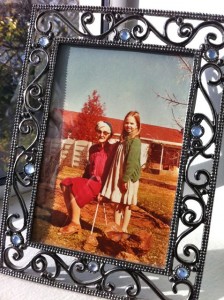
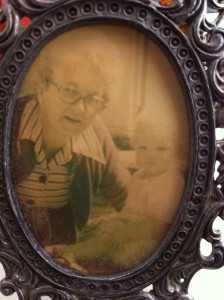
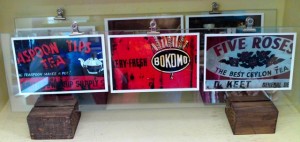
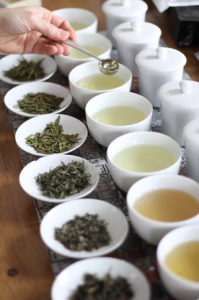
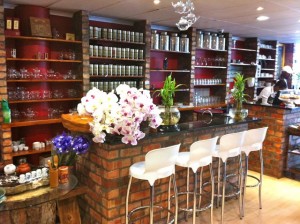
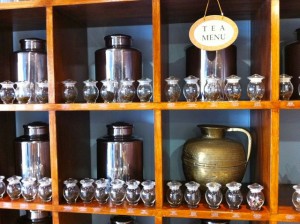
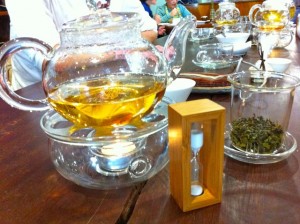
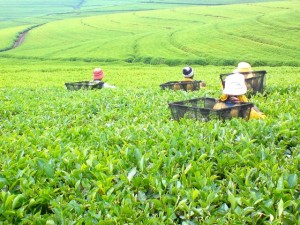
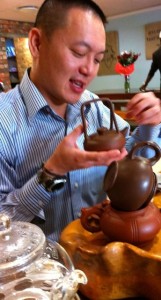
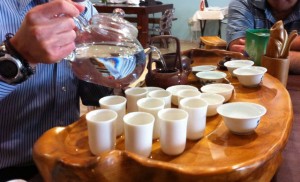
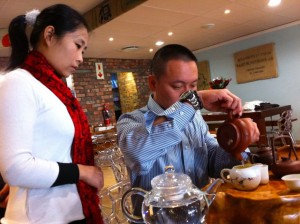
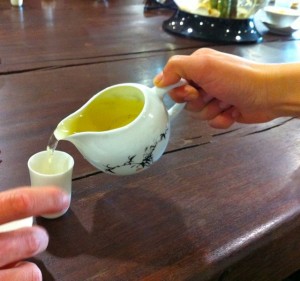
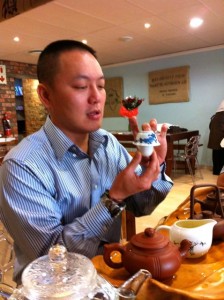

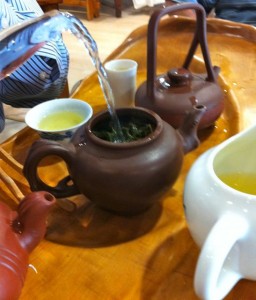
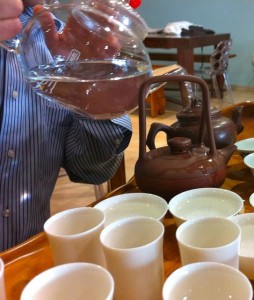
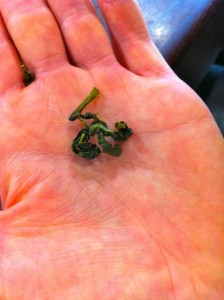
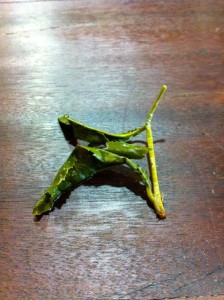
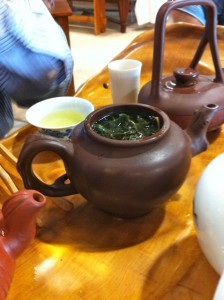
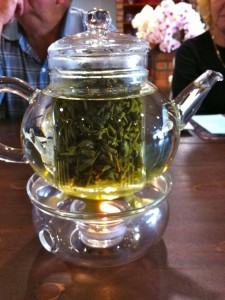
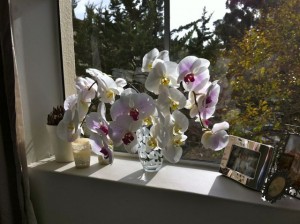
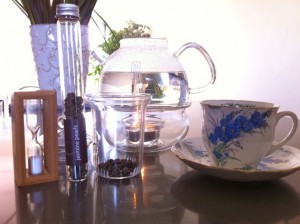
July 3rd, 2011 at 4:10 pm
This is fabulous. Thank you.
July 3rd, 2011 at 7:33 pm
So glad you enjoyed it Val! 🙂
July 4th, 2011 at 5:55 am
Lovely. Feel like a cup right now! Also treasure the jewel-like photographs you include in the blogs…
July 4th, 2011 at 9:33 am
Ah, thanks Lans! High visual praise coming from you 🙂 Drinking tea in your honour right now!
July 4th, 2011 at 9:48 am
Well written, once again.
The description of the tea ceremony sounds wonderful (and it is a real pity, couldn’t make it that morning 🙁 )
Tea is special as it takes more time and effort to make good tea.
Enough said, once again a happy anniversary on your 21st birthday.
July 4th, 2011 at 9:53 am
Thanks J, sorry you couldn’t make it – but I’m sure there will be other anniversaries to celebrate! Put some of your second flush Darjeeling in your infusion pot and I’m sure you’ll feel much better 🙂
July 4th, 2011 at 11:49 am
Once again my friend, a beautiful piece of writing! I don’t think I will ever think of drinking my tea the same way again 🙂 A visit to a tea-house is going to be a must for me!
July 10th, 2011 at 9:50 pm
Ah, thanks angel! And tea-houses are awesome – do it! 🙂
October 9th, 2011 at 4:43 pm
You’ve taken me back to the Durban tea room! It was quite an experience tasting all those teas, I distinctly remember the Dragon’s tears as one of the hundreds (ok, maybe not hundreds) cups of tea we tasted. Thanks for reminding of the magical times spent in Durban, though they seemed so ordinary at the time.
Love your work!
October 9th, 2011 at 4:54 pm
Often easier to see the magic in the ordinary when we’re looking back, isn’t it? Thanks, glad you share my fond memories of Reggie & Dinesh’s world!
May 14th, 2013 at 9:40 am
Maybe you could help? I heard that Five Roses Tea was named after the the four Rose sisters and their aunt who lived in Southern Rhodesia in the late 1900’s and that the brand was first marketed in Southern Rhodesia (now Zimbabwe) I habe been unable to verify this? MJ
May 16th, 2013 at 5:08 pm
Hi Maryjane! That is a really interesting version of the origins of the name, but I’m afraid I am unable to confirm that for you – I read everything I could find about the brand back when I worked on it, but there was nothing on the origin of the name anywhere! I remember that it was registered a long while back, though, so the timings would make sense with your story. How fascinating! Sorry I can’t help at all, but thanks for sharing this. 🙂